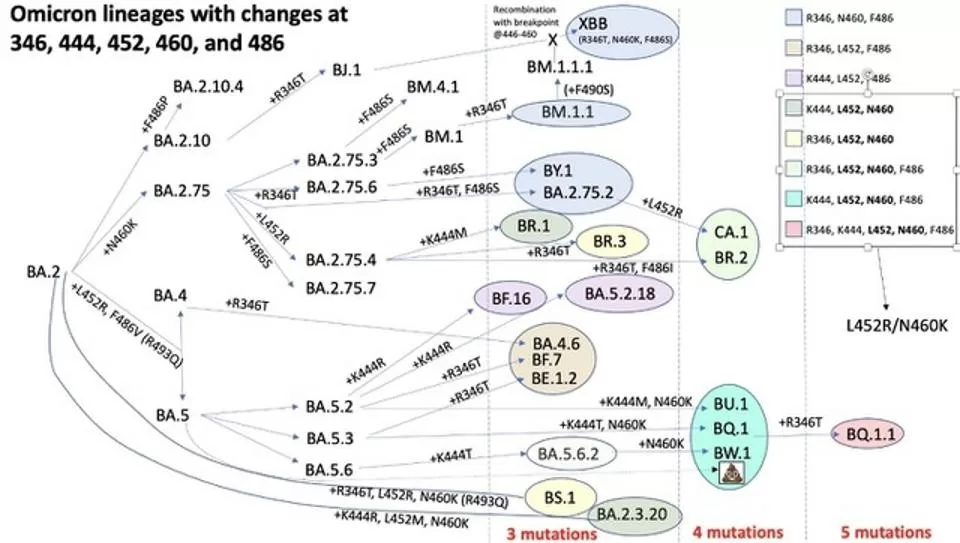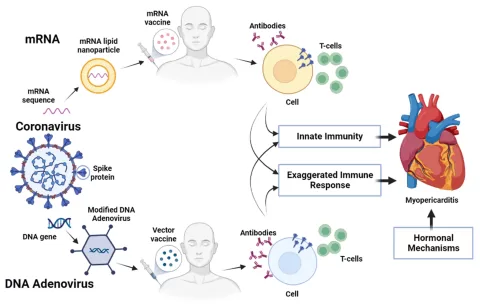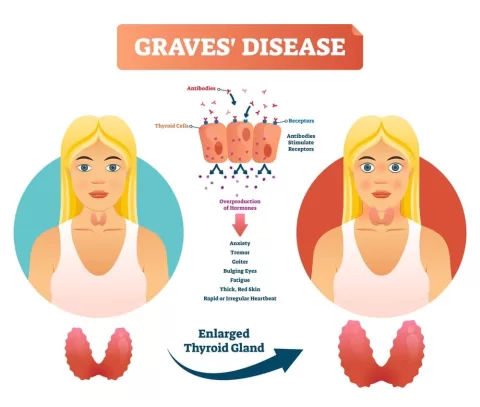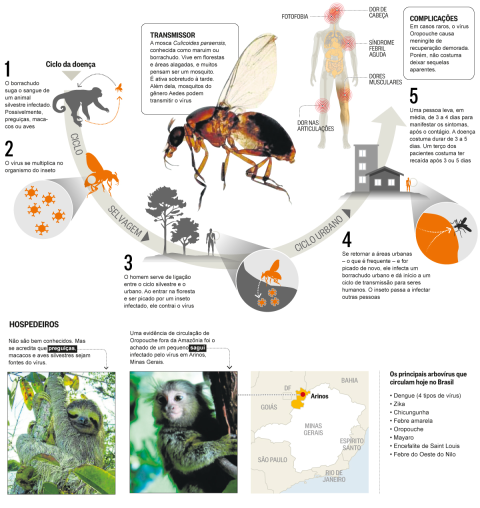The LP.8.1 COVID variant has recently emerged as a significant strain, causing concern among health experts and the general public alike. As we continue to navigate the complexities of the pandemic, staying updated on the latest COVID variant news, particularly regarding LP.8.1 symptoms, is crucial for effective public health responses. This variant, which has quickly spread, now constitutes a large portion of cases in regions such as Australia and the UK. With the ongoing discussions about COVID vaccine effectiveness against evolving strains, understanding the characteristics of LP.8.1 remains essential. Thus, it is vital to explore what sets this variant apart from others, including its mutations and implications for community safety.
Introducing LP.8.1, a newly identified strain of the SARS-CoV-2 virus, adds a fresh chapter to the ongoing saga of COVID variants. This descendant of the Omicron lineage has captured attention for its rapid transmission and emerging symptoms, prompting inquiries about its impact on current health measures. As public health officials monitor its spread, questions regarding the efficacy of existing vaccines against LP.8.1 and its offshoots become increasingly relevant. The arrival of this variant underscores the need for continuous surveillance and adaptation of strategies to combat the pandemic. As we delve deeper into the details surrounding LP.8.1, it’s essential to remain informed about how it compares with previous variants and what that means for global health standards.
Understanding the LP.8.1 COVID Variant
The LP.8.1 COVID variant is a significant descendant of the Omicron lineage, specifically branching from KP.1.1.3. Identified in July 2024, it represents the ongoing evolution of the SARS-CoV-2 virus as it adapts and spreads around the globe. Recent data indicates that LP.8.1 has surged in prevalence, particularly in regions like the United Kingdom and parts of Australia, where it’s now responsible for nearly 20% of cases. This variant has been classified by the World Health Organization (WHO) as a variant under monitoring, which signifies the global health community’s awareness and responses to its potential impact on public health.
Despite the rising prevalence of LP.8.1, there are reassurances regarding its symptoms, which do not appear to be more severe than those associated with previous variants. The WHO has assessed the global public health risk posed by LP.8.1 as low, emphasizing that although it shows some genetic mutations that may aid in its transmissibility, it is not yet classified as a variant of interest or concern. This categorization suggests that while LP.8.1 poses some risks, these are currently manageable, and ongoing surveillance efforts will be critical to monitor any changes in the variant’s characteristics.
LP.8.1 Symptoms and Implications for Public Health
Information regarding LP.8.1 symptoms indicates that they do not deviate significantly from those caused by previously circulating strains of the virus. Patients typically experience familiar COVID-19 symptoms such as cough, fever, and fatigue, but at this junction, no new or unexpectedly severe symptoms have been reported. This information is encouraging, considering the pandemic’s history of variants presenting more intense illness. Public health strategies, however, remain vital to counteract the potential surge in cases attributed to LP.8.1.
Despite the current understanding that LP.8.1 does not cause more severe disease, health experts highlight the necessity for continued awareness and vigilance. With nearly 45,000 new COVID cases noted in Australia alone this year, the potential for LP.8.1 to fuel further waves of infections cannot be underestimated. As the variant is being closely monitored, public health authorities advocate for vaccination, especially among high-risk groups, to safeguard against illness and decrease hospitalization rates possibly spurred by this emerging variant.
The Rise of Omicron Offshoots and LP.8.1’s Role
As SARS-CoV-2 continues to evolve, Omicron offshoots like LP.8.1 illustrate the virus’s adaptability in response to vaccination efforts and natural immunity among the population. The rapid ascension of LP.8.1 in regions where it has taken hold showcases the virus’s ability to proliferate and outcompete other variants. This emergence underscores the importance of ongoing genomic surveillance and rapid public health responses to identify and assess new variants’ capabilities and risks.
Public health authorities are noting concerning trends linked to Omicron offshoots, including LP.8.1, which may lead to increased transmissibility in community settings. With LP.8.1 now constituting about 55-60% of cases in places like the UK and the US, researchers are continuously investigating how these variants interact with existing immunity levels from previous COVID infections and vaccination. Understanding these dynamics will be vital for managing future outbreaks and guiding vaccination strategies, particularly as more data surfaces about LP.8.1 and its counterparts.
Monitoring COVID Vaccine Effectiveness Against LP.8.1
Current studies and clinical insights suggest that the vaccines available, including recent formulations targeting Omicron variants, still retain their effectiveness against LP.8.1. This is encouraging news for public health practitioners and communities striving to manage COVID-19. While breakthrough infections may occur, particularly with a mutating virus, vaccines are primarily designed to prevent severe disease and hospitalization, which they continue to do for most individuals despite the rise of emerging variants.
The World Health Organization (WHO) encourages ongoing research into the effectiveness of vaccines in light of new variants like LP.8.1. Questions regarding the variant’s potential to evade immunity are crucial, prompting health officials to push for booster vaccination strategies aimed at maintaining strong immunity levels in the population. By bolstering defenses against COVID-19 through vaccination, especially among vulnerable populations, health authorities can better mitigate the impacts of newly circulating variants, including LP.8.1.
Future Outlook on the COVID Pandemic and Variants
The ongoing evolution of COVID-19 presents a constantly shifting landscape for public health authorities and the global population. With variants like LP.8.1 emerging, it is evident that the pandemic is not over, and vigilance remains paramount. The rise in cases reported globally signals that while many may wish to return to pre-pandemic normalcy, the reality is that COVID-19 will require continued monitoring and a flexible approach to health responses.
The WHO and regional health organizations emphasize that investments in health infrastructure and vaccination campaigns remain essential to curbing the circulation of new variants. Public education campaigns aimed at increasing awareness about vaccination and boosters, particularly in communities with lower uptake, will be critical. As LP.8.1 adds to the mix of variants circulating worldwide, coordinated global responses and individual responsibility will determine the path forward in managing COVID-19.
Retaining Public Vigilance Despite Lower Risk
As LP.8.1 is designated a variant under monitoring, one important message from public health officials is the need to retain vigilance, even as this variant currently poses a low global health risk. The emergence of such variants can pose shifting challenges and potential increases in cases, and individual behaviors—such as adhering to public health guidelines—can have profound effects on virus transmission. Continued mask usage in crowded spaces and engagement in vaccination efforts remains highly encouraged.
Reinforcing public health messaging is critical in this stage of the pandemic. By fostering a culture of responsibility and collective action against COVID-19, communities can minimize the impact of emerging variants like LP.8.1. Health officials are encouraging the public to stay abreast of developments related to variants and vaccine updates to ensure timely and informed decisions concerning health measures.
The Role of Testing in COVID Management with LP.8.1
Testing remains a key component of managing COVID-19, including the newly emerging LP.8.1 variant. As cases surge globally, increasing the rate of COVID testing can help provide crucial data on the spread and prevalence of this and other variants. Enhanced surveillance through widespread testing helps communities and health authorities make informed decisions on healthcare responses, vaccination drive deployments, and public policy around health measures.
Rapid testing, in particular, can serve to identify cases of COVID-19 promptly, which is essential for curbing the transmission of variants like LP.8.1. As individuals actively engage in testing while monitoring symptoms, the data generated can significantly aid in tracking variant behaviors and prevalence. In this way, communities fortify their defenses against outbreaks while maintaining vigilance as the pandemic evolves.
Community Engagement in COVID Prevention Strategies
Community involvement plays a pivotal role in limiting the spread of COVID variants, including LP.8.1. Engagement in public health initiatives, such as vaccination campaigns, awareness programs, and adherence to health guidelines, contributes significantly to a community’s ability to control surging cases. By fostering social responsibility and encouraging open dialogues, local organizations can empower individuals to take proactive steps toward protecting their health and the health of those around them.
Collaboration between public health authorities and community leaders can strengthen messaging about COVID prevention measures. Communities can mobilize to ensure everyone has access to reliable information regarding vaccines, testing resources, and support systems for those affected by the virus. By working together, communities can enhance their resilience against COVID-19 and its variants, ensuring that education and preventive measures remain widely disseminated and adopted.
The Importance of Continued Research on COVID Variants
As we see variants like LP.8.1 emerge, the necessity for continued research cannot be overstated. Scientific studies investigating the mutations of the virus, its transmissibility, and vaccine responses are critical for informing public health policies and clinical decisions. Researchers are focusing on genomic sequencing and epidemiological studies to remain ahead of the variant’s potential impact. This ongoing inquiry will contribute to a more comprehensive understanding of the evolving nature of SARS-CoV-2.
The collaboration between scientific communities worldwide also ensures that learnings regarding LP.8.1 can be shared quickly across borders. This interconnectedness in research can guide effective management strategies for the pandemic and facilitate resource allocation for vaccinations and testing to combat the spread of COVID-19. As the pandemic continues, enhancing our understanding of variants will be vital to our collective response efforts.
Frequently Asked Questions
What is the LP.8.1 COVID variant and where was it first detected?
The LP.8.1 COVID variant is a new strain of SARS-CoV-2 that was first detected in July 2024. It is an offshoot of the Omicron variant, specifically derived from KP.1.1.3, and has been classified as a variant under monitoring by the World Health Organization (WHO) due to its significant global spread.
What are the symptoms associated with the LP.8.1 COVID variant?
The symptoms of the LP.8.1 COVID variant do not appear to be more severe than those caused by other circulating strains of COVID-19. Despite its rise in cases, the WHO has assessed the additional public health risk of LP.8.1 as low.
How effective are COVID vaccines against the LP.8.1 variant?
Current COVID vaccines, including the most recent JN.1 vaccine, are expected to provide good protection against symptomatic and severe disease caused by the LP.8.1 COVID variant. Continuous monitoring is in place to assess any potential changes in vaccine effectiveness.
Is the LP.8.1 COVID variant causing a new wave of infections?
Yes, the LP.8.1 COVID variant is contributing to an increase in COVID-19 cases. In some regions, such as the UK and the United States, it is driving a significant proportion of new infections, leading to concerns about its spread.
What has the WHO said about the LP.8.1 COVID variant?
The World Health Organization has classified the LP.8.1 COVID variant as a variant under monitoring due to its genetic changes that may allow for easier transmission. However, overall, it has been deemed to pose a low additional public health risk, and it is not currently classified as a variant of concern.
How has the prevalence of LP.8.1 changed globally?
The prevalence of the LP.8.1 COVID variant has increased significantly, from about 3% of global sequences at the end of 2024 to 38% as of mid-March 2025. Its proliferation is particularly pronounced in countries like the United States and the UK.
What is the importance of continued vigilance regarding the LP.8.1 variant?
Continued vigilance regarding the LP.8.1 COVID variant is essential because, despite its low risk designation, COVID-19 can still lead to severe disease, especially in vulnerable populations. Ongoing vaccination efforts are crucial to mitigate its impact.
| Key Points | Details |
|---|---|
| LP.8.1 Variant Overview | LP.8.1 is a new COVID variant, first detected in July 2024, and an offshoot of Omicron (specifically KP.1.1.3). It has shown significant growth globally, particularly in New South Wales, Australia, and the UK. |
| Prevalence | LP.8.1 accounts for nearly 20% of COVID cases in New South Wales and up to 60% in the UK. Its global prevalence increased from 3% to 38% between late 2024 and March 2025. |
| Mutations and Characteristics | The variant has six mutations in its spike protein, with V445R being significant for easier transmission. However, symptoms appear to be similar in severity to previous strains. |
| Health Risks | The WHO classifies LP.8.1 as a variant under monitoring, indicating a low public health risk globally. Its growth does not substantially alter the pandemic’s trajectory. |
| Vaccination Efficacy | Current COVID vaccines are expected to provide adequate protection against LP.8.1, but ongoing monitoring of its behavior is crucial. |
Summary
The LP.8.1 COVID variant is becoming increasingly prevalent and warrants attention. Detected for the first time in July 2024, it has shown notable growth across the globe, particularly in regions such as Australia and the UK. While it possesses mutations that might aid in its spread, the symptoms remain comparable to other variants, and the WHO has assessed the threat level as low. Vaccination remains a vital tool for protection against this and other variants. Continued vigilance is essential to mitigating the impacts of COVID-19 as new variants like LP.8.1 emerge.
The content provided on this blog (e.g., symptom descriptions, health tips, or general advice) is for informational purposes only and is not a substitute for professional medical advice, diagnosis, or treatment. Always seek the guidance of your physician or other qualified healthcare provider with any questions you may have regarding a medical condition. Never disregard professional medical advice or delay seeking it because of something you have read on this website. If you believe you may have a medical emergency, call your doctor or emergency services immediately. Reliance on any information provided by this blog is solely at your own risk.








